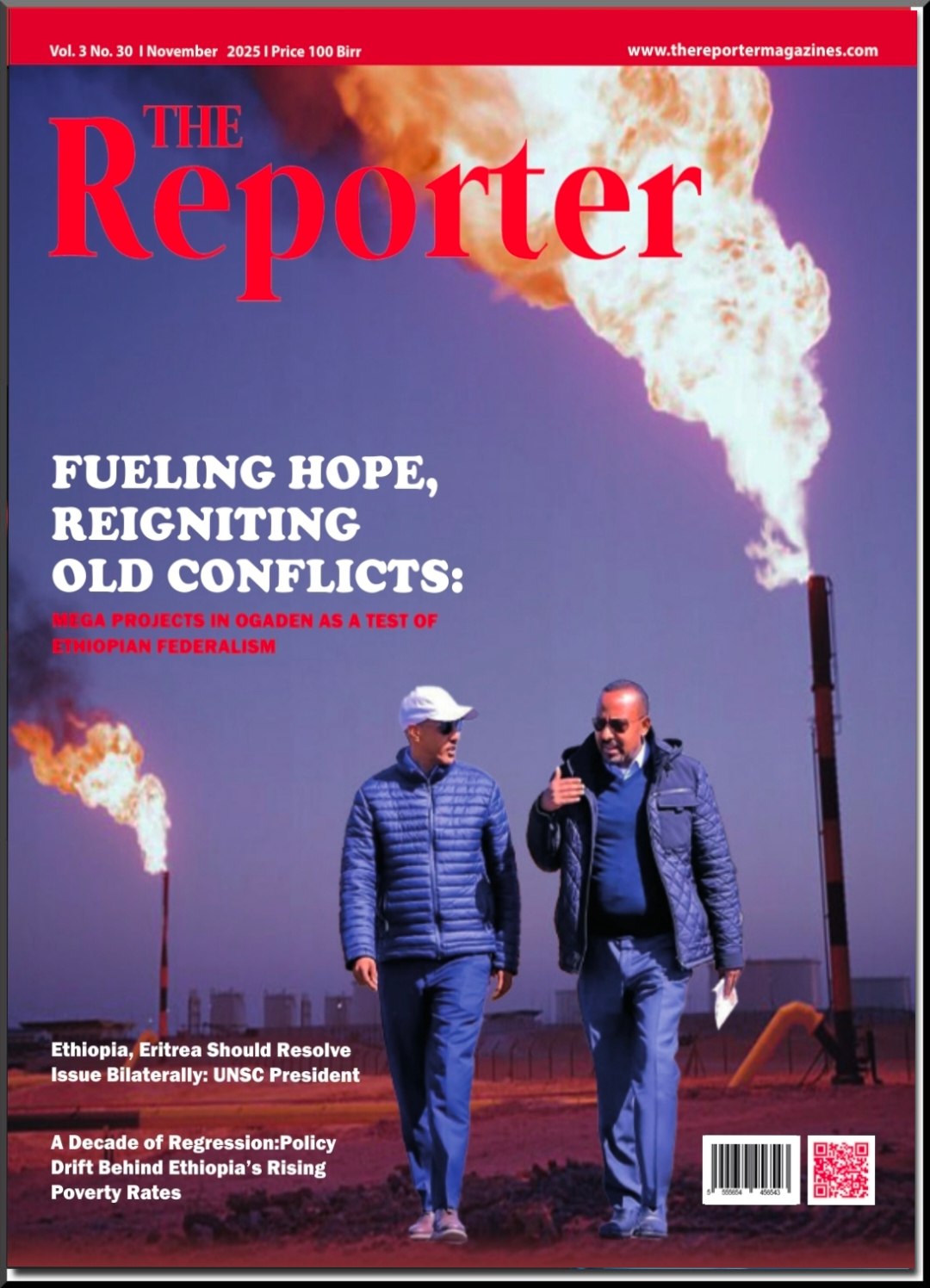A work trip turns into an unexpected cultural adventure in Arbaminch and Konso
It was a Thursday morning when my work travel began. I had an important meeting to attend in Arbaminch but also hoped to take some time to explore the beautiful natural scenery and cultural sights in the surrounding areas. I arrived at Addis Ababa Bole International Airport two hours before my domestic flight, as recommended, to allow plenty of time. However, my experience showed that the local terminal moves much quicker than anticipated.
I was surprised by how efficient the check-in and security processes were. Within 30 minutes, I had passed through and was relaxing in the gate area with over an hour until boarding. This was a marked difference from the bustling scenes usually encountered in international terminals. While the service was faster, I noticed a lack of amenity stores or cafes where passengers could spend time pre-flight. For domestic routes, even a small convenience store or cafe would help passengers feel more comfortable as they wait.
My Ethiopian Airlines flight soon arrived, operated by one of their Bombardier jets. Boarding was smooth and the onboard service kindly attended to passengers’ needs. However, I found the snack and beverage options to be quite limited. As an hour-long journey, more variety would have been appreciated. Regardless, we touched down on time in Arbaminch about an hour after departure.
The weather in Arbaminch was similar to Addis Ababa but with slightly higher humidity. Coming from the highlands, I found staying in my room without air conditioning to be uncomfortably warm. After checking into my hotel, I spent the afternoon engrossed in meetings for work. But I was eager to begin exploring this scenic lakeside town in my spare time over the weekend.
On Saturday, my culinary exploration of Arbaminch began. Known as the “City of 40 Rivers” due to its position surrounded by lakes, fresh fish is a feature of the local diet. I enjoyed a lunch of tasty, largesized lake fish prepared with distinctive regional flavors. The presentations and dining atmospheres also differed pleasantly from what I was used to in the capital.
Full from the fresh seafood, I then headed to a nearby crocodile ranch a short drive outside the city. Dozens of Nile crocodiles of varying sizes, from babies only a few years old up to specimens over 40 years, were being bred on the grounds for tourism and commercial purposes. Wandering the open-air enclosures, I observed the impressive reptiles basking in the sun or lurking menacingly in the water. While the ranch provided an educational experience, amenities for visitors were sparse. More facilities would enhance the experience for tourists.
That evening, I explored Arbaminch’s nightlife by visiting a cultural restaurant frequented by both locals and international guests. The service and ambiance were enjoyable, though I had hoped to experience more live music featuring the indigenous Gamo peoples’ songs. Instead, Amharic hits dominated the playlists. Overall, the nightlife scene seemed rather subdued for a touristic town. More vibrant nightclub options could draw in more energetic travelers.
The following day, wanting to expand my Ethiopian trip beyond Arbaminch, I joined colleagues on an excursion south to the UNESCO World Heritage site of Konso. The three-hour drive took us through scenic countryside dotted with small villages and farms growing “false banana” plants called enset. Rolling hills gradually gave way to denuded stepped terrain characteristic of the Konso lands as we approached our destination.
Our first stop was Karat, the capital town of Konso Zone. Unlike many highland towns, Karat had a somber atmosphere with few people out and about. Small shops sold used shoes imported from abroad, a common sight across Ethiopia’s secondary cities. From Karat, a two kilometer gravel road led to our destination – the Konso Cultural Landscape.
Stepping inside the protected area, the signature terraced farmlands came into view. Layered stone walls carved the landscape into a patchwork of small plots ideal for dryland cultivation. Our local guide introduced us to the lived-in open-air museum that is Gesergiyo Village, locally referred to as “New York” for its staggering arrangement of thatched dwellings stacked several stories tall.
The village known as “New York” also has a fascinating story behind its moniker. According to local lore, a tourist visiting Konso was astounded by the towering stacked dwellings accumulating up the hillside. In a broken attempts to describe these stacked stone structures to his Konso guide, the tourist repeatedly exclaimed “New Work!”
However, his Konso companions struggled to understand the foreign phrases and picked out only the word “York.” Over time, through repetition and the effects of translation/translation, the name became assimilated into the local language as “New York” instead of “New Work” as the tourist had intended.
As our guide led us through the alleys between the towering structures, another unique aspect of life in this village became apparent. At every turn, smiling children could be seen peering from huts, sitting on rocks, or playing nearby. Without fail, each and every one of them would greet us with a cheery “Hello” as we passed by. While some asked for money, others simply said hello.
Deeper within the village, we came upon Dekatu, the sacred site where communities traditionally gather. Ancient wood carvings and sculptures bearing Konso symbols spoke to the strong cultural traditions passed down through generations. Though tourism infrastructure was still developing, it was clear this was a place preserving remarkable cultural heritage.
Overall, my travels to the south opened my eyes to diverse scenery, cuisine, and folkways outside of Addis Ababa. Both Arbaminch and Konso boasted magnificent natural environments and insights into ethnic groups like the Gamo and Konso. However, both destinations could also benefit from improved facilities to make the most of their tourism potential. Basic amenities, from clean public restrooms to vibrant nightlife, would enhance visitors’ experiences. With sensitive development, these places could attract more sustainable cultural tourism to appreciate their special qualities long into the future.







